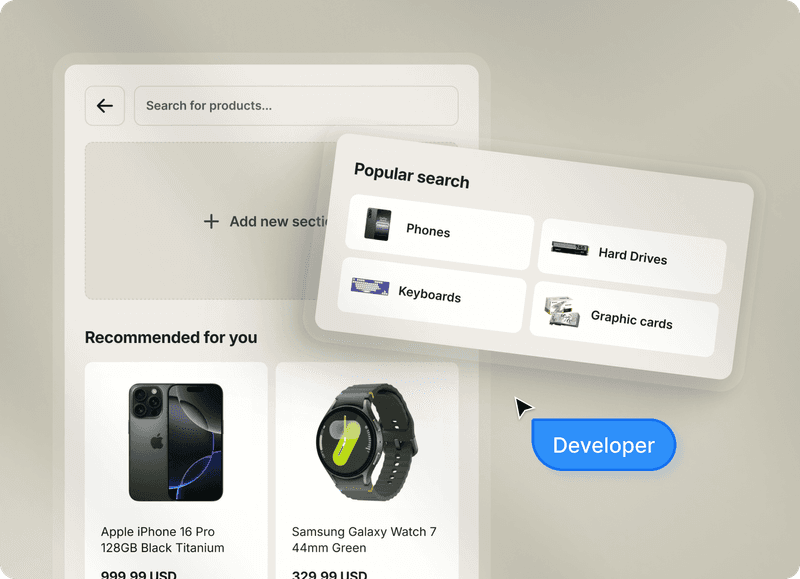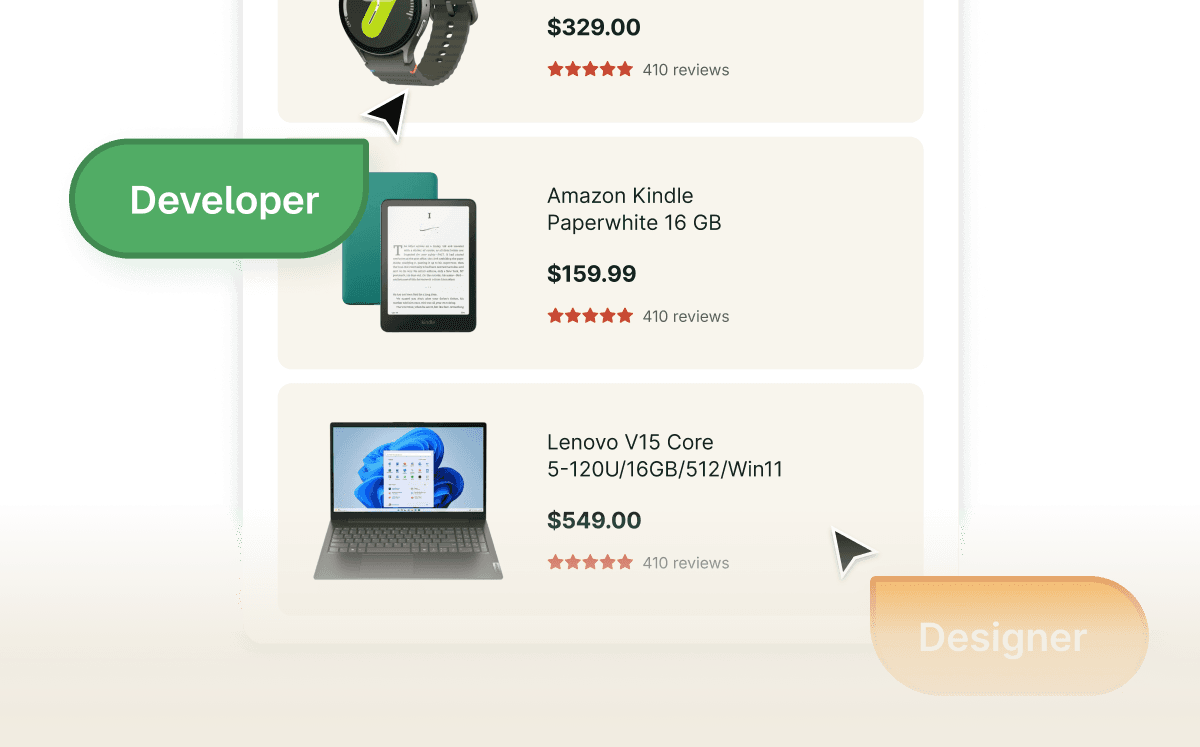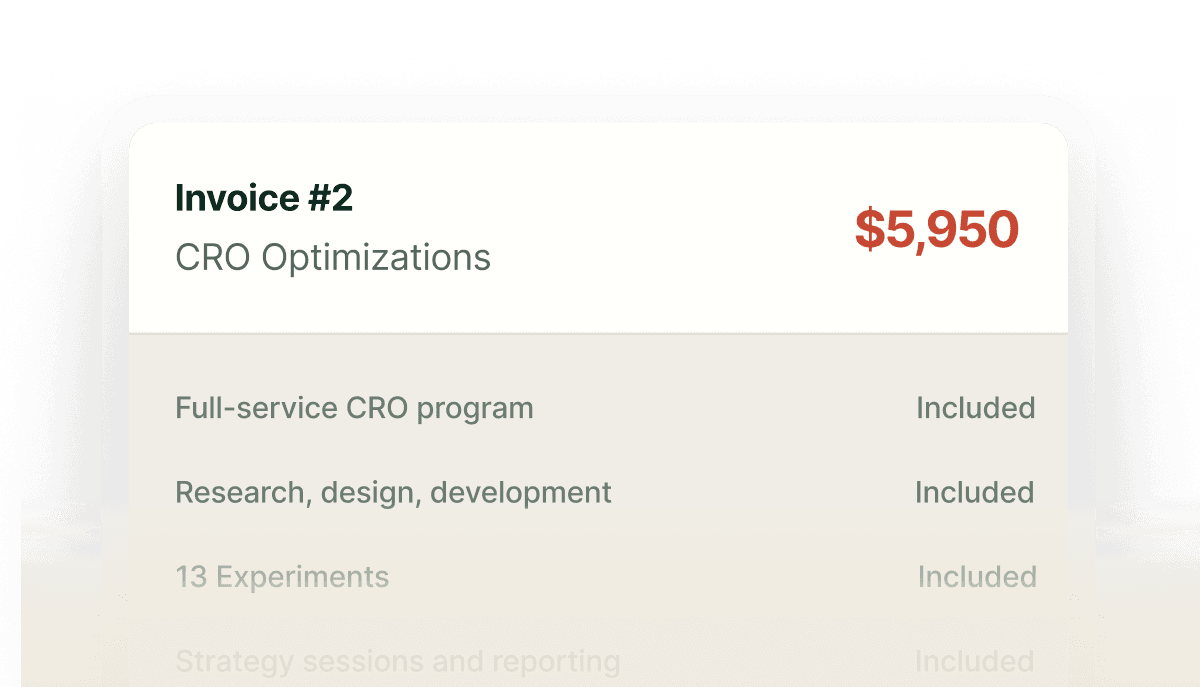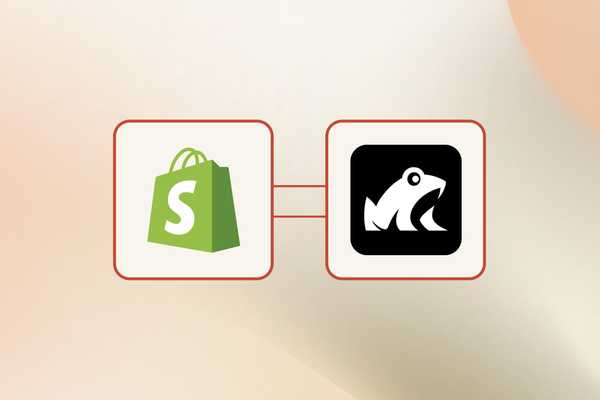Development timelines depend on complexity:
Simple Integration Apps: 4-6 weeks
- Single API integration
- Basic admin interface
- Straightforward workflows
Advanced Business Apps: 8-12 weeks
- Multiple integrations
- Complex business logic
- Custom reporting dashboards
Enterprise Integration Suites: 12-16 weeks
- Multi-system real-time sync
- Advanced workflow automation
- Comprehensive admin controls
We provide detailed timelines during discovery with clear milestones for each phase.














